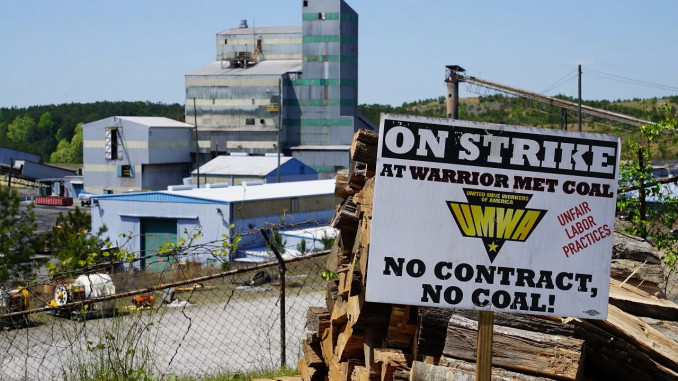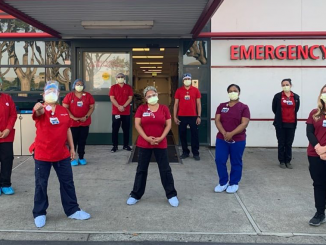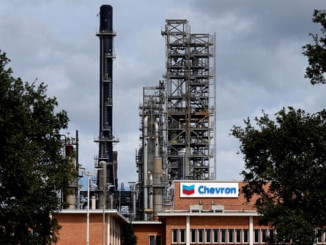
In mid-February, striking coal miners at the Warrior Met Coal mine in Brookwood, Alabama decided to return to work, ending their 23-month strike. The miners, organized in the United Mine Workers of America (UMWA), finally decided to go back to work after one of the he longest strikes in the U.S. in many years.
The Warrior Met Coal company released its financial results for 2022, showing nearly $1 billion dollars in net income, a significant increase over the previous year. They were sending the message that they were prepared to last longer than the striking workers were willing. During the strike, the company hired scabs (replacement workers) to do the jobs of the miners which allowed them to maintain production. And due to high global prices for coal, the company still made strong profits and it became clear that despite its long length, the strike was not having the intended economic impact on the company.
Throughout the course of the long strike, the mine workers showed a willingness and courage to stand up in the face of many obstacles. The whole system was against them, whether it was the powerful asset management companies like Vanguard or BlackRock that have huge investments in Warrior Met Coal, or the National Labor Relations Board (NLRB) which ordered the UMWA to pay $13.3 million in damages to the company for “lost revenues for unmined coal” and security costs.
Besides the companies and the NLRB, both Democratic and Republican politicians at the state national level chose to back the company, and usually remained silent, occasionally paying lip service to their struggle.
As the strike wore on, the fact that workers could not trust politicians to do anything for them became clear to workers such as Braxton Wright, who was quoted in the New York Times “The Daily” podcast saying:
“I mean, each election year, each party stands up and says, we’re going to do this, and we’re going to do that. And then at the end of the four years, it’s very rare that we’ve seen anything happen that they promised would happen at the beginning of their time. … I mean, just me as an average working-class American, I can’t see where either side has done anything to help the working class.”
It is not uncommon for any group of striking workers to face obstacles like those the mine workers faced in this fight, with all of the most powerful institutions of the government and corporations working against them. In this fight, we see how the company was so economically powerful that it was able to win by attrition and hold out longer than the workers, and it could lean on government institutions like the NLRB to further intimidate and punish the workers. It can be possible for one group of workers to outlast all of this and win their strike, but that is extremely difficult, and so different strategies must be considered.
When it comes to a strike, companies will always have the government and the courts on their side, ready to step in to help them out. And large corporations have plenty of wealth and funding sources that allow them to hold out as long as possible. But the power of workers goes far beyond one workplace, or at one company. One group of workers may not always be enough to bring one company to its knees. But when workers can find the way to spread their struggle, to unite with workers at other companies, in other industries, and link up with workers throughout the community, the state, and even beyond — then the balance of power between workers and the corporations can begin to shift to the side of the workers.
It is the power of the working class as a whole that must be brought to bear against the corporations. And this requires organizing that unites all workers, those in other unions and those not in unions. But this sort of powerful struggle would require workers to lead their own fights, and to not be under the discipline and control of often very conservative union officials and their lawyers. It is only when broader sections of the working class come together in this way, and democratically decide what they are willing to do and how to do it, that a clearer path to victory can even open up. It is in struggles of this scale where the real power of the working class can be more clearly expressed, with the potential to inspire workers from all over.
The struggle of the workers at Warrior Met Coal did not take this shape. But their courage and determination can still be a source of inspiration for all workers as we face similar conditions. And this strike can be a reminder of the kinds of collaborative struggles that workers will need to wage in the future as we continue to confront a system that defends the corporations and their profits that come on the backs of workers and our labor.




